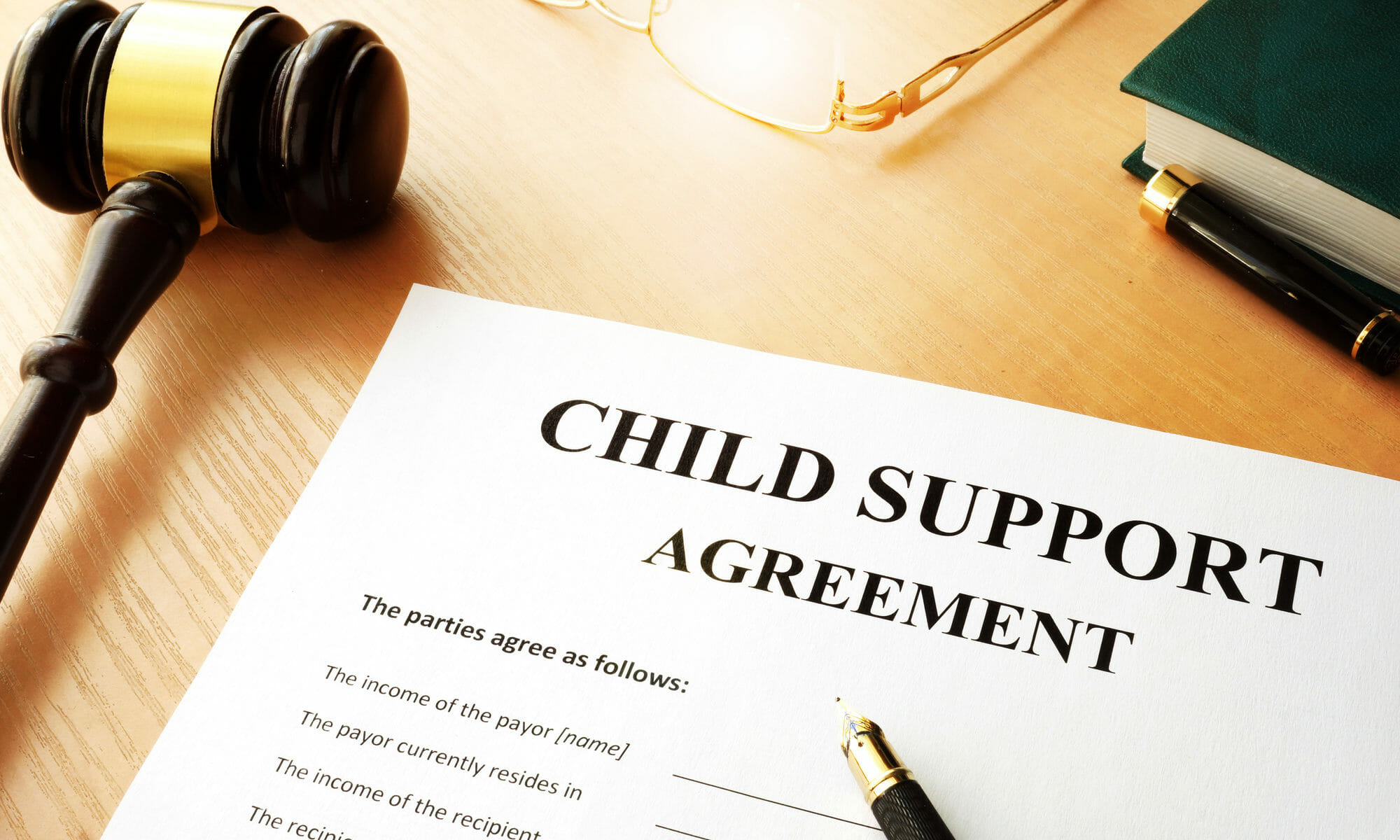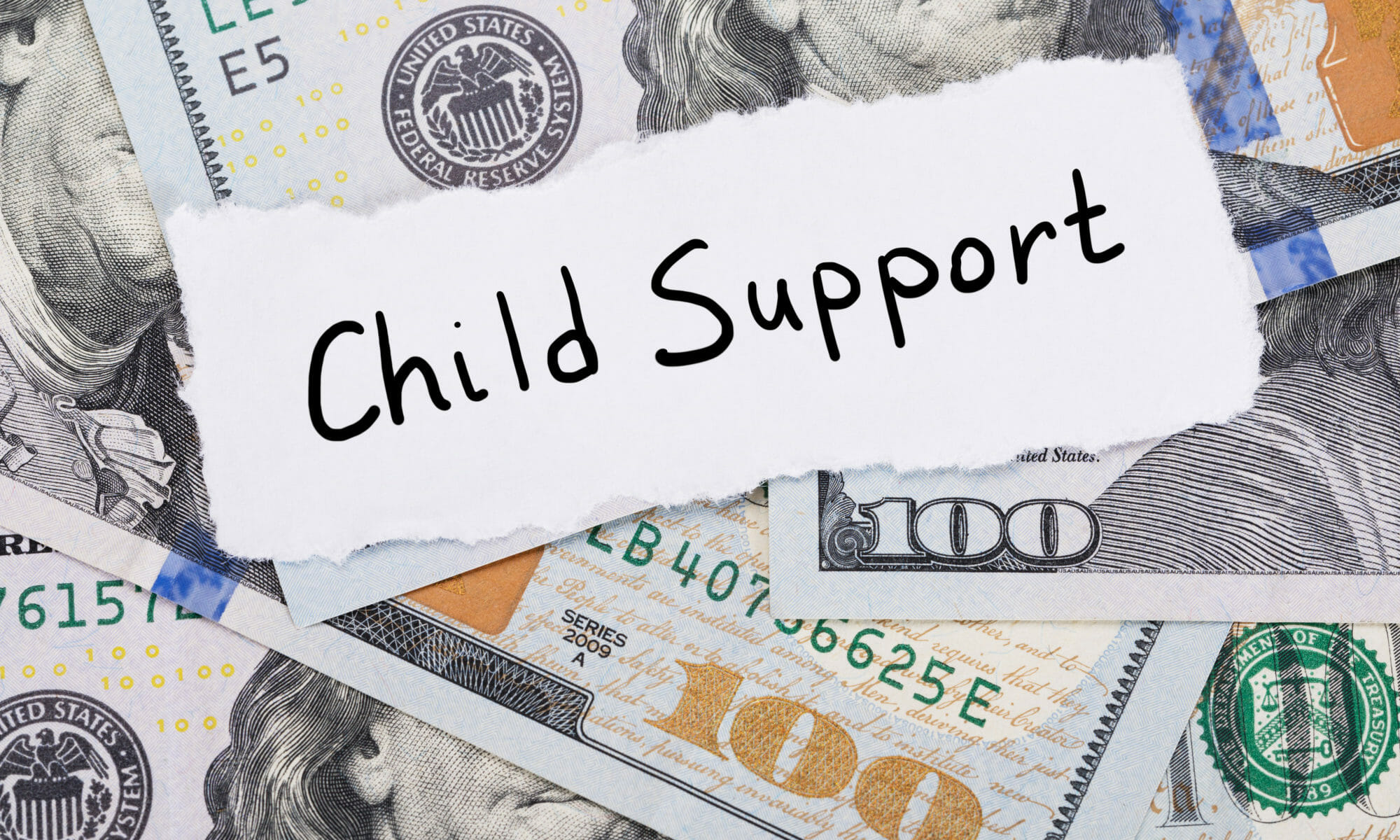Over 2 million children in the US attend school all year round. If your kids aren’t part of this statistic, then school’s out soon, and you need some summer vacation ideas quick!
As you may already know, the novel coronavirus pandemic’s made the world come to a screeching halt. So normal summer vacations may be out of the question.
Plus, you’re either separated or divorced from your partner, which makes parenting during COVID even more difficult.
However, that doesn’t mean you can’t still give your kids an amazing summer vacation. You just have to get creative!
To help you out, here are some great vacation ideas during COVID-19 for separated parents.
Forget About International Travel
International travel is already quite a headache to deal with in regular times, especially when you share your kids with your ex. Add in a serious virus and various travel bans, and you’re just asking for trouble. A trip halfway around the world to Japan can wait until next year or beyond.
While some airlines are opening flights back up, plus they’re offering dirt-cheap prices, it may be very tempting to whisk your kids off on a fun international adventure. However, you never know when a second wave might happen anywhere.
Not only can that put the brakes on your vacation plans, but it may even leave you stranded in a foreign country. That dirt-cheap vacation suddenly doesn’t look so good anymore.
Not to mention, everyone will most likely have to self-isolate for at least 2 weeks upon return. If you don’t get any more days with the children after you come home, then your ex probably won’t be very happy with that. So you might have to either risk making them angry or going through the hassle of arranging temporary custody plans for that time.
Take a Road Trip
If you’re going stir-crazy and are set on going on summer vacation with the kids, why not take a road trip? That way, you can control how far you go, depending on your custody plan and budget.
A road trip also ensures that you social distance better. You won’t have to pile into a metro, bus, or train; you’ll travel in the comfort of your own car.
A road trip gives your family the ability to explore their local surroundings more. You never know; you may have been taking the local scene for granted this whole time!
Go RVing
RVing is a step above taking a road trip in your regular vehicle! This can be a unique experience for the kids, especially if they’ve never done this before.
Staying in an RV can be a special experience, plus it helps with social distancing even more. You can pull up into RV camping grounds every night and the children can get to know other kids (at a safe and appropriate distance, of course).
You’ll get to take in the natural landscapes and your children can get a newfound appreciation for what Mother Nature offers us. You can also really bond with them during this time, since you have to spend all day, every day with one another.
Go Camping
Camping is another way to safely go on summer vacation. This is a great alternative if you don’t want to (or have the budget to) rent out an RV.
Grab your camping gear and the kids, then head out to the nearest national park. You’ll be able to spend quality time with one another and truly disconnect, as many national parks don’t get reception.
Have your children put away their devices and get in touch with nature. Go hiking and swimming, and point out all the flora and fauna around you.
If you have some skills you’ve remembered from Boy Scouts, go ahead and teach your kids these skills too. It can be fun getting back to the basics!
Stay in a Large Resort
Maybe your family doesn’t really like getting down and dirty in nature. That’s ok! For you, there’s always the luxurious resort you can kick back and relax in.
Take a look around at your options and you just may be surprised at what the prices are like. What may have been out of reach in the past might be doable now, since the pandemic’s pushed prices for practically everything down.
Make sure you double-check if they’re following more stringent cleaning procedures. They should be thoroughly sanitizing not just the rooms, but all public areas.
Once you arrive at the resort, you can then make use of their amenities while keeping your distance from other vacationers. Even if the resort has round-the-clock cleaning done, don’t forget to bring your own hand sanitizer so you and the kids decrease your chances of getting sick.
Rent a Vacation House
For those of you who have a smaller budget, you might opt for a vacation house rather than a resort. Get yourself a change of scenery and take the children somewhere where the weather’s nice. You can even combine this with a road trip and have the final destination be the vacation house.
Book a spacious place with plenty of amenities so the kids don’t get bored while on vacation. It should be interesting enough that even though they’re still in a house, they’ll be pleased since it’s something new and exciting.
Renting and staying in a vacation house can be ideal if you don’t want the stress of planning out a vacation and need a break too. Everyone can have a laidback time in this home away from home.
Coordinate With the Other Parent
If you don’t want your kids to have short summer vacations, then you may want to consider coordinating with your ex in order to give your children 1 long vacation. While you may have some form of 50/50 custody agreement, it can work out to an almost uninterrupted vacation for the kids.
For example, if both of you have an interest in visiting a beach city for the summer, you can line up your schedules so you’ll be there one half of the week while they’ll be for the rest. If you want a longer duration, you might be able to compromise on a temporary schedule where each parent gets the kids for 1 or 2 weeks at a time.
Just as your vacation at the beach city is ending, the other parent will start their vacation. All you’ll have to do is hand off the children and they’ll get to continue having a fantastic time there.
Staycation Ideas
Maybe you just don’t feel comfortable taking the kids out for a trip right now. Or maybe you’re too busy and don’t have the budget to leave the city, much less the state or country.
In that case, there are still plenty of family summer vacations you can do at home. Keep reading for some creative staycation ideas you can enjoy with your family.
“Visit” Museums
With lockdowns and social distancing in place for most areas, lots of museums are closed. But if you want to teach your kids some culture and history, not all hope is lost.
Many museums are doing virtual tours. All you have to do is hop online, take a look at their social media accounts or websites, and you’ll be able to find out if they’re doing this or not.
From the comfort of your living room (and pajamas!), you and your children can look at amazing pieces of art and discuss them with one another.
“Visit” Trails
Technology’s great in that they can bring you practically everything in digital form. Not only can you “visit” museums, but you can also go on beautiful trails!
If you’re not feeling up to getting out into nature but still want to show your children the outside world, just queue up virtual walking trails for them on the computer. You’ll get to take in jaw-dropping sights from all around the world!
Don’t Forget About Chores
Who says summer vacation is all about fun and games? Also, who said chores can’t be fun?
Kids have a tendency to get bored, plus you probably want to teach them about responsibility. You can kill 2 birds with 1 stone by making chores more exciting.
Your entire family can have hours of fun doing projects together. Not only will this get them used to responsibility, but they’ll also associate good memories with chores. As a result, they’ll grow up less resistant to the idea of chores and will be more ready to tackle them as teenagers and adults.
Some Tips While You’re Out and About
While some places have fewer COVID-19 cases than others, it’s always better to be safe than sorry. Here are some tips to help keep you and your little ones safe this summer.
Bring a COVID-19 Kit
Chances are, you already have a first aid kit you bring along when you’re with the kids. Pack another small bag to bring along that’ll keep the corona germs away.
In this kit, include hand sanitizer, disinfectant wipes, rubbing alcohol, bleach, disposable gloves, and disposable face masks, even if you have reusable ones. You should also put in a small spray bottle so you can mix cleaning solutions with bleach to spray and rub down surfaces.
Other handy things to put in your COVID-19 kit are soap and paper towels.
Get Your Vehicle Tuned up Before Leaving
All it takes is one minor issue with your vehicle to ruin plans for a whole day. Decrease the chances of this happening by having your car tuned up before you hit the road.
Make sure your wipers are new, all fluids are topped off, and that your tires are full and have decent treads. You can either do all this yourself or have a mechanic perform these services for you.
You’ll also want to double-check you still have a spare tire available.
Bring as Many Essentials as Possible
It may be a pain to do so, especially right before you’re supposed to go have fun with the kids. But with a little bit of preparation, you can decrease the number of trips you’ll need to make to the grocery store while on vacation. Not only will this give you more time to have fun, but this will also reduce your exposure to the virus.
Try filling your car’s trunk up to the brim with essentials, such as snacks, tissues, and drinks. If there’s space in your backseat, fill it up as well. Then, throughout your vacation, you can slowly use those things instead of making extra trips to the grocery store.
Research Healthcare in the Places You’re Going
You can take every precaution possible, but the reality is, nothing’s foolproof. Any one of you could contract the coronavirus, and not just that. You could get the common cold, flu, or even food poisoning or injuries from your trip’s activities.
Should anything happen, you want to be prepared so your family’s well taken care of.
Research the hospitals and walk-in clinics of your destination. Check your health insurance to get a grasp on what is and isn’t covered.
When you have all this knowledge, you’ll have better peace of mind. That way, you can focus more on having fun and making memories with the kids.
Try Out These Fantastic Summer Vacation Ideas
Now you have quite a few suggestions for summer vacation ideas, as well as some tips to make your trip safer and smoother. Once your kids are out of school, you’ll be able to keep them entertained with all of these fun summer activities.
Remember that it’s not where you go, but how you spend your time with one another. Even if you have a staycation, it can be one of the most fun and memorable times for your children. You just have to know how to dress it up and make it exciting!
Need a great way to organize your co-parenting schedule? Then sign up for 2houses today! Our calendar will help you and your ex sync your schedules effortlessly.




